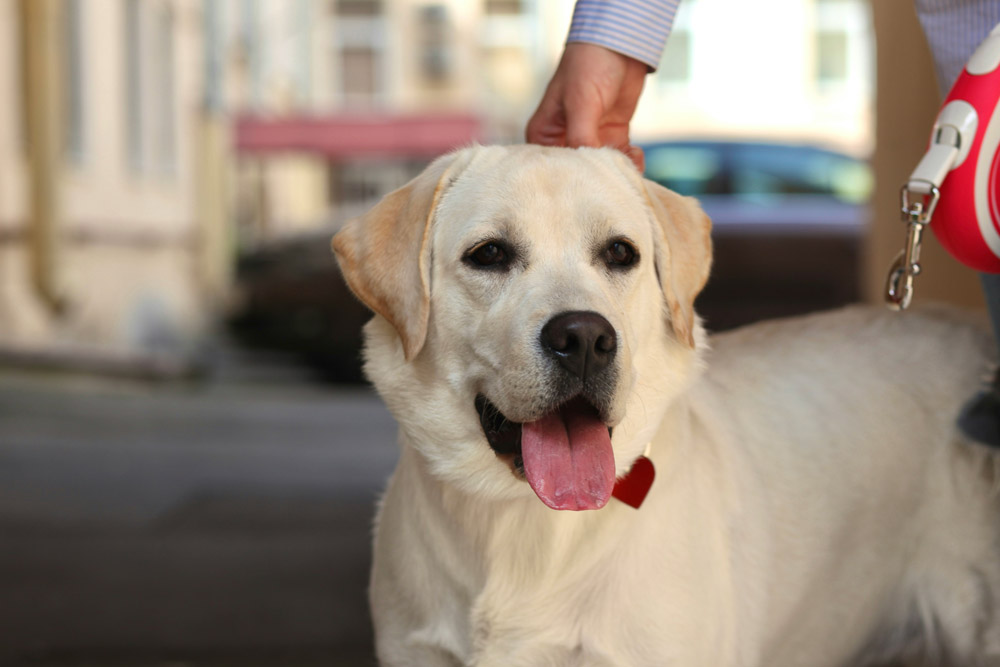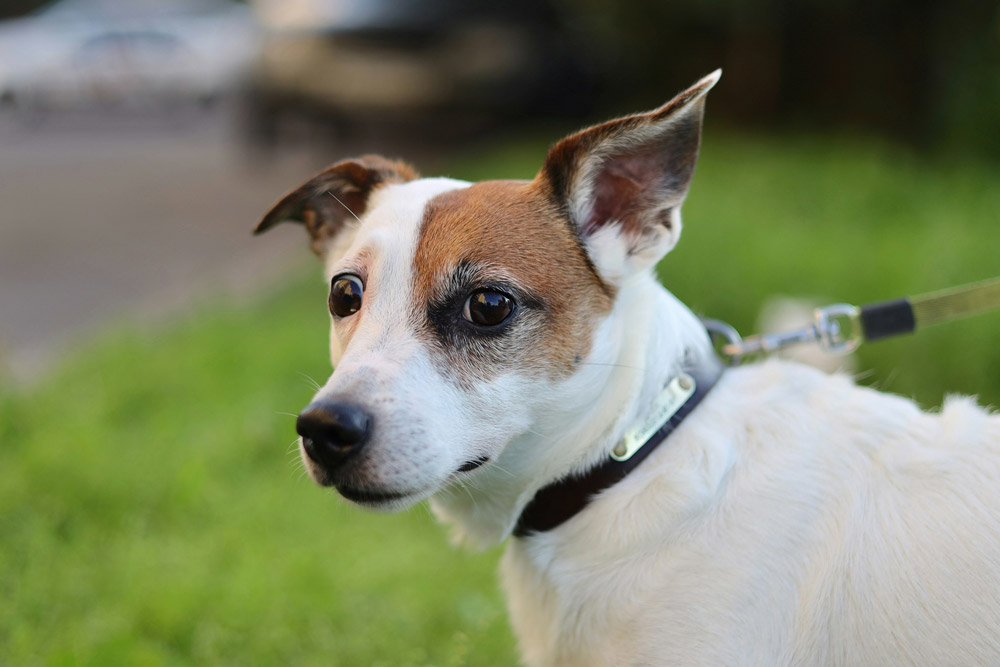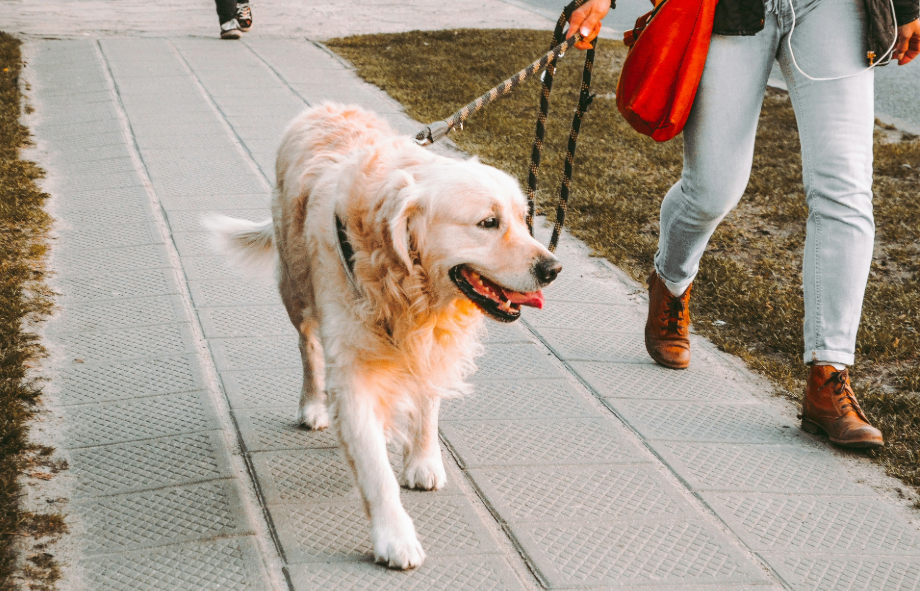It might seem unimaginable that someone wouldn’t love dogs – those wagging tails and eager eyes melt most hearts. But for some people, a fear of dogs (known as cynophobia) is a genuine and often distressing phobia. For sufferers, everyday activities like walking through a park or visiting friends can trigger intense anxiety.
As a responsible dog owner, knowing how to react sensitively and legally when you meet someone with a fear of dogs is part of being considerate. It’s also vital for your dog’s reputation and wellbeing. At PetAir, we understand that good behaviour, calmness, and empathy are key traits not just for travel – but for every public interaction your dog has.
What Is Dog Phobia (Cynophobia)?
Cynophobia is more than mild unease around dogs. It’s a specific phobia – a severe and irrational fear. It can trigger panic attacks, heart palpitations, trembling, or dizziness, even from seeing a dog at a distance or hearing one bark.
Studies suggest that up to 12% of UK adults experience some level of dog phobia. It’s a recognised mental health condition and deserves compassion, not judgement. That’s why how you handle these encounters – calmly and respectfully – makes all the difference.
Understanding Your Legal Responsibilities
While there’s no universal UK law requiring dogs to be on leads at all times in public, local authorities can impose specific rules through Public Spaces Protection Orders (PSPOs). These can require dogs to be on a lead, exclude dogs entirely from certain areas, or restrict off-lead access to particular times of day or seasons. Breaching a PSPO can lead to a fixed-penalty notice or fine. Check your local council website or signage in parks and beaches before walking your dog.
Under the Dangerous Dogs Act 1991, it’s also an offence if your dog is “dangerously out of control” in a public place – meaning it causes someone to fear they may be injured, even if no physical contact occurs. In 2023, the law was expanded to include XL Bully types, with ownership restrictions and mandatory exemptions coming into effect from early 2024.

How to Respond When You Meet Someone With a Dog Phobia
Stay alert and observant
When walking your dog, pay attention to people approaching. Someone gripping a child’s hand tightly, crossing the road, or freezing when your dog appears may be fearful.
Move to the side, shorten your lead, and calmly guide your dog away. Giving people space shows awareness and respect.
Use empathy, not reassurance
Telling someone “Don’t worry, he’s friendly!” might feel polite, but to someone with cynophobia, it can heighten anxiety. Instead, try: “No problem – I’ll keep him close.” This small act of consideration can transform an uncomfortable moment into a respectful one.
Keep your dog under control
Solid recall, heelwork, and calm responses to strangers are essential. Even a playful jump or bark could trigger fear or be interpreted as aggression. Training your dog with positive reinforcement – or consulting a qualified canine behaviourist – is an investment in safety and peace of mind. If you’re planning an international move, PetAir offers behavioural support and 24/7 vet access to help pets travel calmly and adjust to new environments.
Check local rules before walking
Every council can set its own regulations. Many UK beaches and parks now use PSPOs to restrict off-lead dogs during busy times or ban dogs entirely from play areas. Checking local signs avoids fines and prevents stressful encounters.
Practice calm communication
If someone appears nervous, pause and allow them to pass. Maintain a relaxed body language – your dog will mirror it. If walking with friends or children, model polite, calm handling. The more predictable your dog’s behaviour, the less likely others will feel anxious.

Why Awareness Matters
The UK now has over 11 million pet dogs, meaning we share public spaces more than ever. That means dog owners have a shared responsibility to help everyone – dog lovers and dog-phobics alike – feel safe outdoors.
And if you’re preparing your pet for international relocation, socialisation and public-behaviour training are even more crucial. Dogs travelling with PetAir are supported by experienced vets and behaviourists, ensuring they stay calm and confident before, during, and after travel. Learn more about PetAir’s 24/7 vet access here.
Good behaviour isn’t just polite – it’s part of your dog’s long-term wellbeing and safety.
